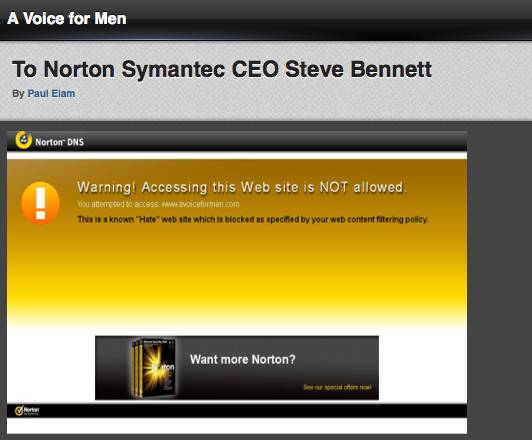Montana TV warns of ZOMBIE ATTACK in epic prank hack
Pranksters managed to hack a TV emergency alert system in Montana on Monday to broadcast an on-air audio warning about the supposed start of a zombie apocalypse.
Viewers of Great Falls, Montana, television station KRTC watching a Jerry Springer-style show (specifically the Teen Cheaters Take Lie Detectors segment of The Steve Wilkos Show) had their ears assaulted by an on-air warning that “bodies of the dead are rising from their graves and attacking the living”. The video of two teenagers squaring up to each other was not interrupted but audio of their argument was replaced by the following brief, but chilling, message. The alert also featured a scrolling warning at the top of the screen naming various Montana counties as targets for the spoof announcement of doom.
Civil authorities in your area have reported that the bodies of the dead are rising from their graves and attacking the living. Follow the messages onscreen that will be updated as information becomes available. Do not attempt to approach or apprehend these bodies as they are considered extremely dangerous.
A slightly longer statement along the same lines was broadcast by another KRTC channel, interrupting a commercial break at the end of a weather report, as recorded by a YouTube clip here. Viewers of this clip were instructed to tune into 920AM on their battery-powered radio if electricity supplies became interrupted.
KRTV quickly repudiated the statement and launched an investigation into the incidents, which it blames on as yet unidentified hackers.
“Someone apparently hacked into the Emergency Alert System and announced on KRTV and the CW that there was an emergency in several Montana counties. This message did not originate from KRTV, and there is no emergency,” the CBS affiliate station said in a short statement on the incident.
“Our engineers are investigating to determine what happened and if it affected other media outlets.”
A brief video clip featuring the warning is embedded in a story by local paper The Great Falls Tribune about the incident, which it reports “prompted quite a few confused phone calls [to police on] Monday afternoon”. Local police have yet to be called in to investigate the incident, the paper adds
“We had four calls checking to see if it was true. And then I thought, ‘Wait. What if?’” Lt. Shane Sorensen with the Great Falls Police Department told the paper. “We can report in the city, there have been no sightings of dead bodies rising from the ground.”
US Motorway signs have been hacked to warn of “zombies ahead” and similar incidents before but the epic KRTV hack takes this to another level. El Reg‘s security desk has considered that it might be an elaborate promo for the current movie Warm Bodies or for the premiere of the second half of the third season of The Walking Dead, which arrived on US TV screens on Sunday. The zombie show drew a series best of 12.3 million US viewers at the weekend. ®
Article source: http://go.theregister.com/feed/www.theregister.co.uk/2013/02/12/spoof_zombie_apocalypse_warning/
